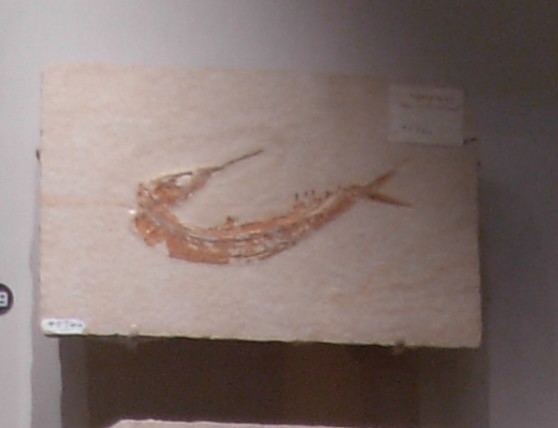Thickness up to 112 feet (30 m) | Other Shale Primary Sandstone | |
 | ||
Sub-units Telegraph Creek, Virgelle, Deadhorse Coulee Members | ||
The Milk River Formation is a near- shore to terrestrial sedimentary unit deposited during the Late Cretaceous (late Santonian to early Campanian) in southern Alberta. It is equivalent to the marine Lea Park Formation of eastern Alberta, and the Eagle and Telegraph Creek Formations of north-central Montana, and to the upper part of the Niobrara Formation in Kansas.
Contents
In Alberta, the Milk River Formation is subdivided into the Telegraph Creek, Virgelle, and Deadhorse Coulee Members. The formation has produced an extensive but little known vertebrate fauna (see Table). Radiometric dates place deposition of the Milk River Formation between ~84.5 Ma and 83.5 Ma (Payenberg et al. 2002).
Members
There are some dinosaur remains from the Formation, but these are not very well known. A more concerted effort at locating specimens would undoubtedly produce many new taxa.
Vertebrates
(references: Brinkman 2003; Gao and Fox 1995; Hilton and Grande 2006; Larson 2008; Sullivan 2003; University of Alberta webpage)
Cartilaginous fishes
Remains of an indeterminate lamnid genus and species are present.
Bony fishes
Remains of Acipenseridae, Amiidae, Esocidae, indeterminate genera and species.
Squamates
Indeterminate Anguidae and Xenosauridae genera and species.
Turtles
Indeterminate Solemydidae and Trionychidae genera and species.
Dinosaurs
Indeterminate Ankylosauridae, Aves, Ceratopsidae, Dromaeosauridae, Hadrosauridae, Nodosauridae, Ornithomimidae, Pachycephalosauridae, Protoceratopsidae, Thescelosauridae, and Tyrannosauridae genera and species.
